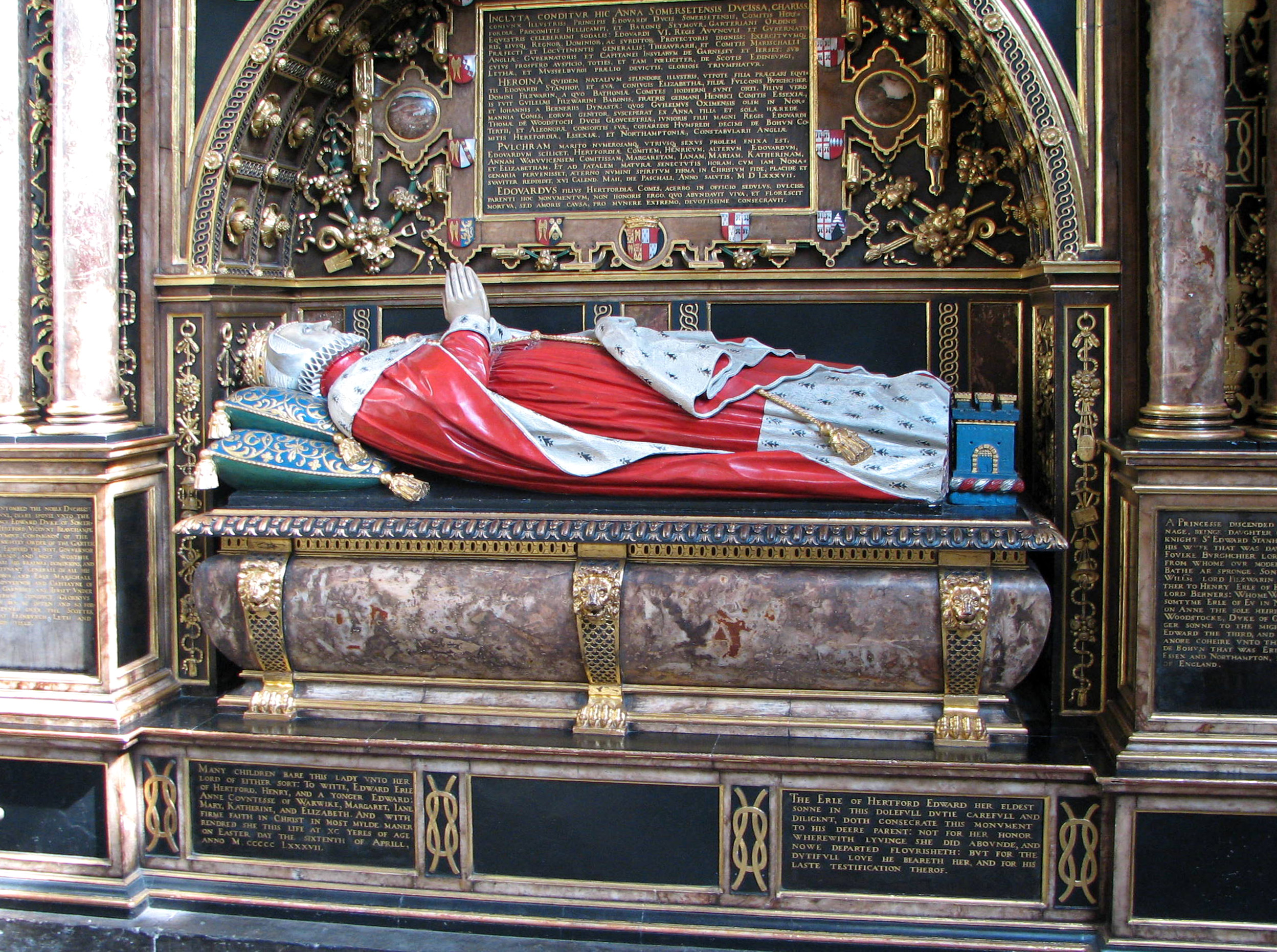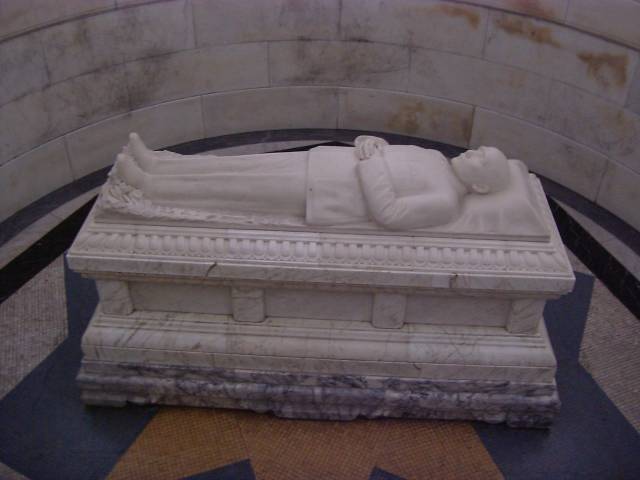Gisant alienor d aquitaine et henri2.jpg on:
[Wikipedia]
[Google]
[Amazon]



 A tomb effigy, usually a recumbent effigy or, in French, ''gisant'' (
A tomb effigy, usually a recumbent effigy or, in French, ''gisant'' (
google books
{{Authority control Types of sculpture Types of monuments and memorials Burial monuments and structures Funerary art Sculpture


 A tomb effigy, usually a recumbent effigy or, in French, ''gisant'' (
A tomb effigy, usually a recumbent effigy or, in French, ''gisant'' (French
French (french: français(e), link=no) may refer to:
* Something of, from, or related to France
** French language, which originated in France, and its various dialects and accents
** French people, a nation and ethnic group identified with Franc ...
, "lying"), is a sculpted figure on a tomb monument
Funerary art is any work of art forming, or placed in, a repository for the remains of the dead. The term encompasses a wide variety of forms, including cenotaphs ("empty tombs"), tomb-like monuments which do not contain human remains, and comm ...
depicting in effigy
An effigy is an often life-size sculptural representation of a specific person, or a prototypical figure. The term is mostly used for the makeshift dummies used for symbolic punishment in political protests and for the figures burned in certai ...
the deceased. These compositions were developed in Western Europe in the Middle Ages, and continued in use through the Renaissance and early modern period; they are still sometimes used. They typically represent the deceased in a state of "eternal repose", lying with hands folded in prayer and awaiting resurrection. A husband and wife may be depicted lying side by side. An important official or leader may be shown holding his attributes of office or dressed in the formal attire of his official status or social class.
The life-size recumbent effigy was first found in the tombs of royalty and senior clerics, and then spread to the nobility. A particular type of late medieval effigy was the ''transi'', or cadaver monument
A cadaver monument or ''transi'' (or memento mori monument, Latin for "reminder of death") is a type of church monument to deceased persons featuring a sculpted effigy of a skeleton or an emaciated, even decomposing, dead body. It was particularly ...
, in which the effigy is in the macabre form of a decomposing corpse, or such a figure lies on a lower level, beneath a more conventional effigy. In the same period small figures of mourners called weepers or ''pleurants'' were added below the effigy to important tombs. In the Early Modern period European effigies are often shown as alive, and either kneeling or in a more active pose, especially for military figures. During the Renaissance, other non-recumbent types of effigy became more popular. Variations showed the deceased lying on their side as if reading, kneeling in prayer and even standing. The recumbent effigy had something of a vogue during the Gothic revival
Gothic Revival (also referred to as Victorian Gothic, neo-Gothic, or Gothick) is an architectural movement that began in the late 1740s in England. The movement gained momentum and expanded in the first half of the 19th century, as increasingly ...
period of the 19th century, especially for bishops and other clerics. Many graves at Monument Cemetery in Milan have recumbent figures.
Some of the best-known examples of the form are in Westminster Abbey in London, Saint Peter's in Rome, Santi Giovanni e Paolo, Venice (twenty-five Doges), and the Basilica of Santa Croce, Florence
The (Italian for 'Basilica of the Holy Cross') is the principal Franciscan church in Florence, Italy, and a minor basilica of the Roman Catholic Church. It is situated on the Piazza di Santa Croce, about 800 meters south-east of the Duomo. The ...
.
A celebrated poem describing and reflecting on a pair of stone effigies is ''An Arundel Tomb
"An Arundel Tomb" is a poem by Philip Larkin, written and published in 1956, and subsequently included in his 1964 collection '' The Whitsun Weddings''. It describes the poet's response to seeing a pair of recumbent medieval tomb effigies with the ...
'' by Philip Larkin.
History
Ancient precursors
Recumbent effigies were a common tradition inEtruscan __NOTOC__
Etruscan may refer to:
Ancient civilization
*The Etruscan language, an extinct language in ancient Italy
*Something derived from or related to the Etruscan civilization
**Etruscan architecture
**Etruscan art
**Etruscan cities
**Etruscan ...
funerary art, examples are known in both ceramic and stone. The deceased was typically depicted alive as at a feast, lying sideways, propped up on one arm and sometimes holding a cup. Usually these were rather smaller than life-size. The Romans continued this tradition, though they also created many other types of funerary effigy. Their faces are often clearly portraits of individuals.
Medieval
The first medieval gisants emerged in the 12th century. They were executed in low relief, and were horizontal, but appeared as in life. The faces were generalized rather than portraits. Gradually these became full high-relief effigies, usually recumbent, as in death, and, by the 14th century, with hands together in prayer. In general, such monumental effigies were carved in stone, marble or wood, or cast in bronze or brass. Often the stone effigies were painted to simulate life, but in the majority of the medieval monuments, this has long since disappeared. The cross-legged attitude of many English armoured figures of the late 13th or early 14th centuries was long supposed to imply that the deceased had served in the Crusades, had taken crusading vows, or more specifically had been a Knight Templar; but these theories are now rejected by scholars. By the early 13th century, effigies began to be raised on tomb-style chests (known as tomb chests or altar tombs) decorated with foliage, heraldry or architectural detailing. Soon such chests also stood alone with varying degrees of decoration. By the end of the century, these often had architectural canopies and figured " weepers" or "mourners" — representing friends or relatives and identified by their coats of arms — were popular decorative features. In Britain the "large-scale production of military effigies" began in the middle of the 13th century, as the result of the "emergence of a new patron class" of knights, who were fewer in number but wealthier than before. Another late medieval fashion was to show the person in an advanced state of decomposition, perhaps as a secondary effigy. This type of tomb is known as a ''transi''.Later
In Spain the iconography of Christ lying ('Cristo yacente'), as though an effigy, was very popular until the late 18th century. One of the famous sculptors known for this iconography was Gregorio Fernández, seeCristo Yacente of El Pardo
The ''Cristo Yacente (Dead Christ) of El Pardo'', is a life-size polychromed sculpture by Spanish sculptor Gregorio Fernández, executed between 1614 and 1615. Housed in a chapel of the Capuchin Monastery of El Pardo (Madrid), the sculpture was c ...
.
A late example of a stone effigy is that of T. E. Lawrence
Thomas Edward Lawrence (16 August 1888 – 19 May 1935) was a British archaeologist, army officer, diplomat, and writer who became renowned for his role in the Arab Revolt (1916–1918) and the Sinai and Palestine Campaign (1915–1918 ...
("Lawrence of Arabia", d. 1935) by Eric Kennington, in St Martin's Church, Wareham
St Martin's Church, Wareham, sometimes St Martin's-on-the-walls, is an Anglo-Saxon church in the town of Wareham, Dorset in England. It is the most complete example of an Anglo-Saxon church in Dorset.
It is a Grade I listed building and a Sc ...
, Dorset, installed in 1939.
Another example is the effigy of Aubrey Herbert (d. 1923) in the Church of St Nicholas, Brushford
The Anglican parish Church of St Nicholas in Brushford, Somerset, England was built in the 15th century, and has been designated as a Grade I listed building.
The church has a medieval screen, 13th-century font and possibly the oldest parish c ...
in Somerset.
References
Sources
* Smith, Jeffrey Chipps. ''The Northern Renaissance (Art and Ideas)''. London: Phaidon Press, 2004. * Panofsky, Irvin. ''Tomb Sculpture''. London: Harry Abrams, 1964. * Stone, Lawrence, ''Sculpture in Britain: The Middle Ages'', 1972 (2nd edn.), Penguin Books (now Yale History of Art) *Tummers, H. A., ''Early Secular Effigies in England: The Thirteenth Century'', 1980, Brill Archive, , 9789004062559google books
{{Authority control Types of sculpture Types of monuments and memorials Burial monuments and structures Funerary art Sculpture